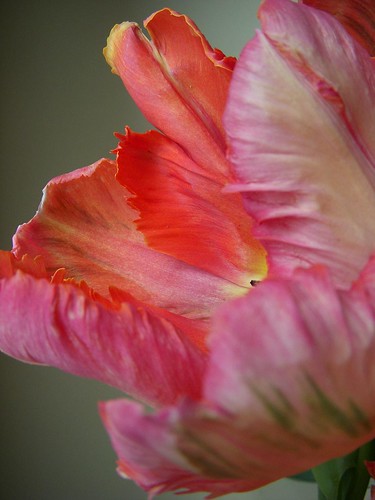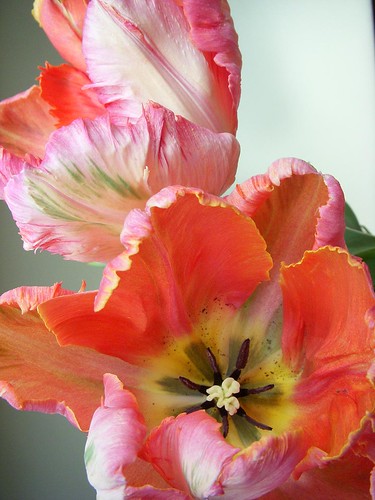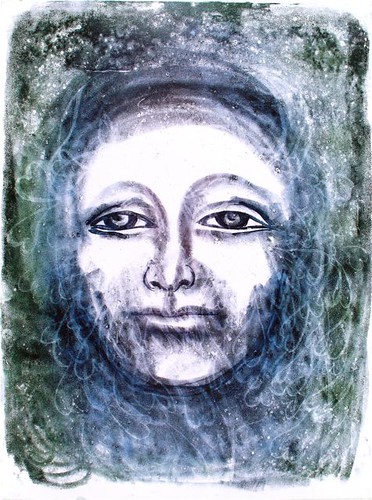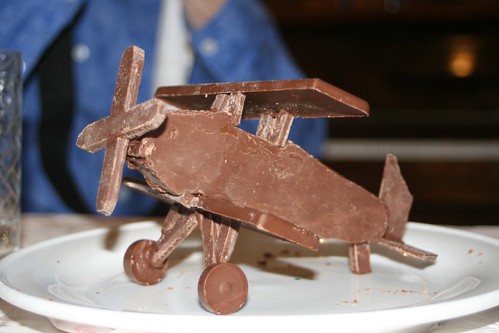
![]() photo credit: CaseyLessard
photo credit: CaseyLessard
Chris Brogan has a great post today on online community management – a must read if you have or are considering an online community in your business or organization. On Managing A Community .
I have two “chunks” I’d like to contribute to this conversation/stream of posts/comments. First relates directly to Chris’ observations about community managers. That is the content of Part 1. Check the next post for a more “meta” reflection in Part 2.
Skills, Experience and Qualities of a “community manager”
1. On the practical side, I would add the following things I’d look for in a candidate (Chris didn’t write about this, but it is on my mind, so what the heck!)
- Fast, accurate and quality reading/writing skills – I always recommend a timed reading/writing test that involves looking at multiple bits of information (posts, etc.), seeing the patterns of those posts then composing a response.
- Ability to think globally, not just in a linear manner. Community is non-linear. A good community manager must be able to skip around, see patterns, scan the whole and then discern if and where to intervene in the system. People who have to go from a, to b, to c often struggle with this and can’t do it fast enough. And alas, speed keeps coming into the picture. (Ah, i still dream of Slow Community.).
- Good at multimembership or meaningfully belonging to a number of communities. A community manager is a bridge – finding the opportunities to connect in and out of the community to both build the community and carry it’s ideas/impact outside of the community. So they should be active on other community sites (as noted by Chris suggesting they have accounts on various key systems.)
- Head and heart. Community requires the emotional intelligence from the heart side and the analytical/strategic and content skills from the head side. I can’t stress enough that this needs to be BOTH, not OR!
- Social network mapping and analysis skills. Today we are not often working in the confines of boundaried communities (see Post 2) so being able to see and understand the larger network is critical.
Adding to Chris’s section on Strategy
- Understand our community’s relationship to other communities and networks in our domain. In other words, watch for connections!
Adding to Chris’s section on Reporting
- I like that Chris framed this as “in my organization.” Reporting structure needs to reflect who can champion the community manager AND, more importantly, steward relationships with other parts of the organization because rarely is an organization’s community important to just one functional area. Again, connections!
Adding to Chris’s section on Measurement
- Quantity and quality of network relationships to key strategic people/communities/other networks.
- Where the person is doing facilitation within a bounded community (traditional), clarity and quantification of the managers appropriate role in the community over time. For example, if you are looking to build internal member capacity to manage their own communities, what evidence do you see that the community manager is reducing her/his visible participation and evidence of members taking up key community facilitation activities? Where that person is to be the public “face” of an organization, the strategy and thus measurement would be quite different.
My second point is about the context – communities — and the word — managers. And I think I need to make it in a separate post as it is quite different and much more meta. I appreciated the tactical, practical quality of Chris’s post, so I wanted to respond in kind. So see you in the next post!
orld?


 On Tuesday, while I was doing small scale graphic recording of the Interfaith Panel at
On Tuesday, while I was doing small scale graphic recording of the Interfaith Panel at 

 But dang, it can be useful. Here is a great example from travel guru/insider
But dang, it can be useful. Here is a great example from travel guru/insider